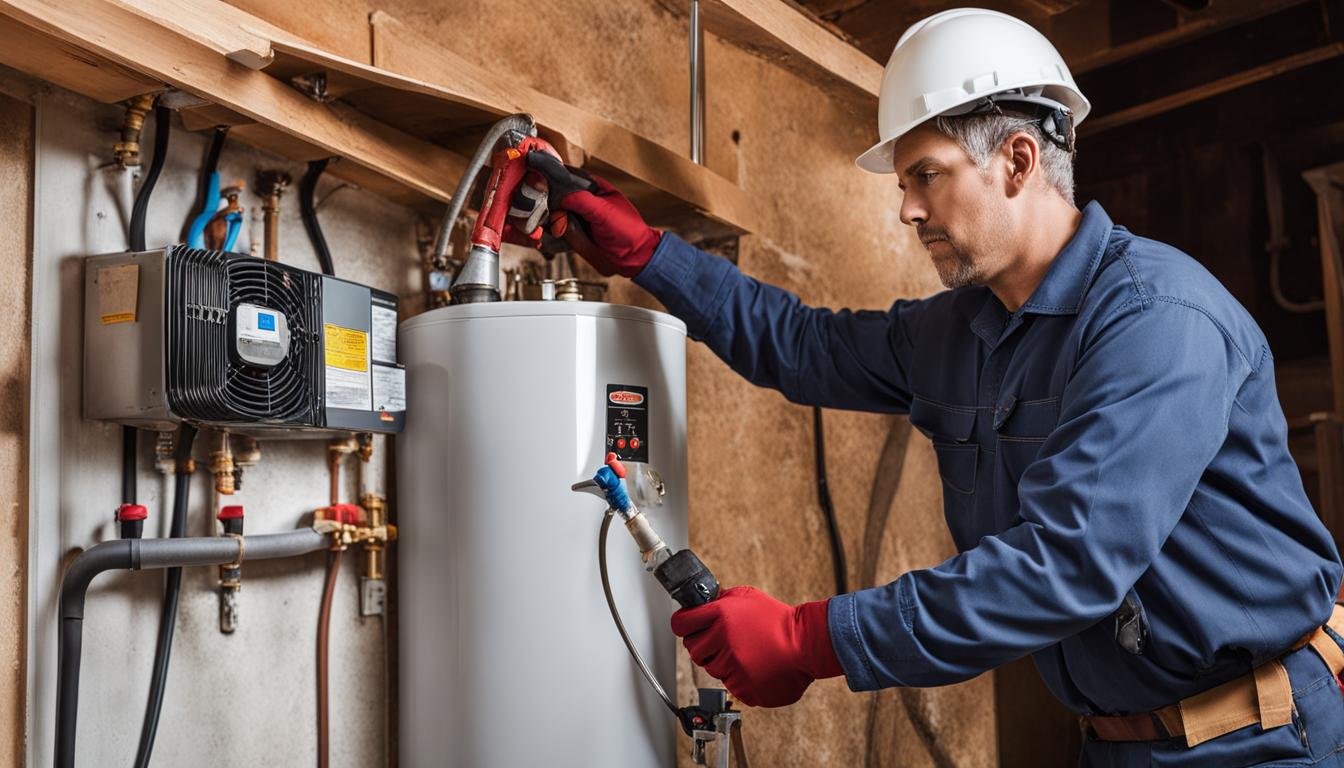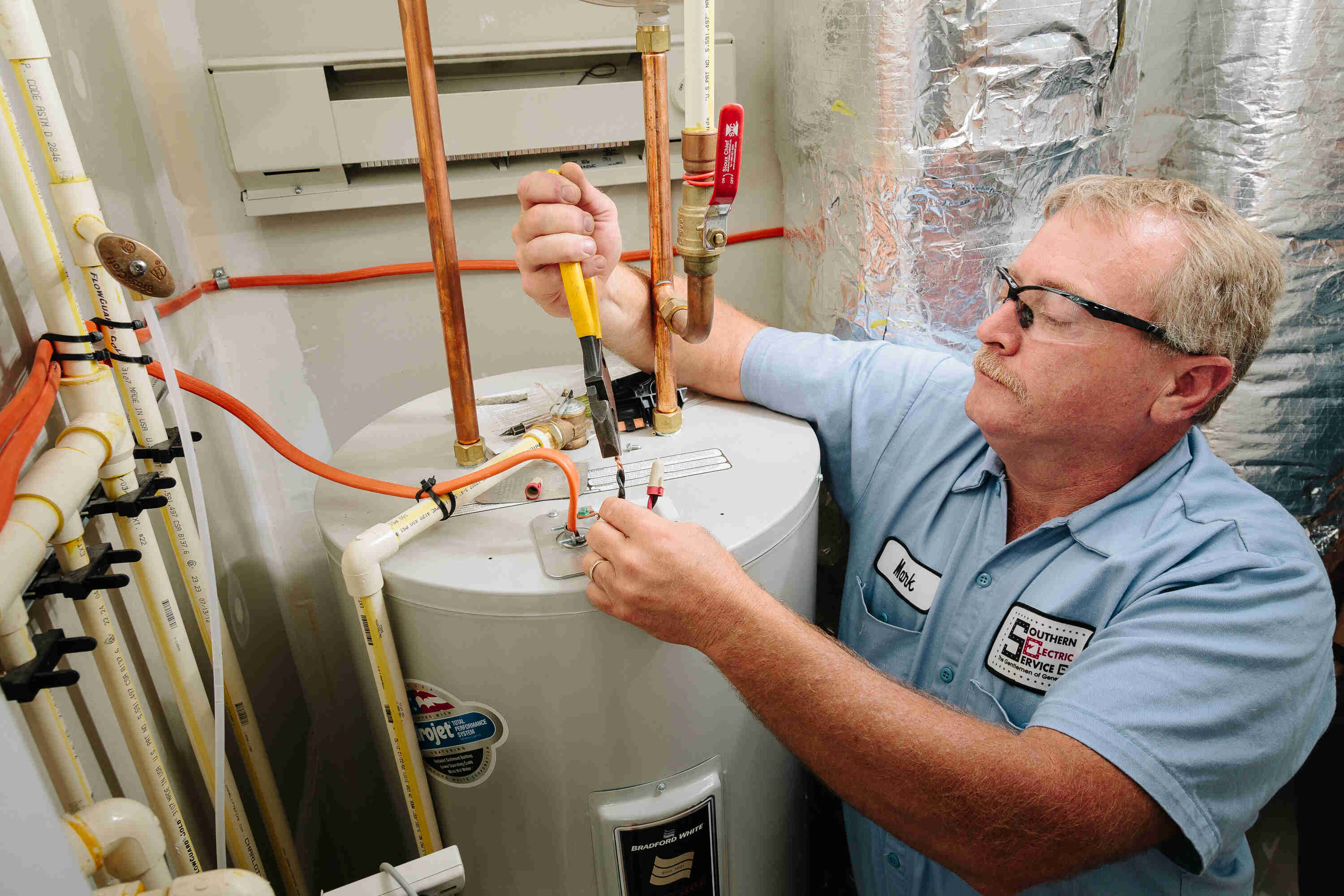Almost everyone seems to have their personal way of thinking when it comes to Tips For Maintaining Your Hot Water Heater.

Hot water is essential for day-to-day comfort, whether it's for a rejuvenating shower or cleaning recipes. To ensure your hot water system runs efficiently and lasts much longer, regular maintenance is essential. This post gives functional pointers and insights on how to preserve your home's warm water system to avoid interruptions and expensive fixings.
Intro
Maintaining your home's hot water system could appear difficult, yet with a couple of simple steps, you can guarantee it operates smoothly for many years to find. This overview covers everything from understanding your warm water system to DIY maintenance ideas and recognizing when to call in expert assistance.
Relevance of Maintaining Your Hot Water System
Routine upkeep not just extends the life-span of your hot water system but likewise ensures it operates effectively. Disregarding upkeep can lead to lowered efficiency, higher energy bills, and even premature failure of the system.
Signs Your Hot Water System Requirements Upkeep
Understanding when your warm water system requires interest can avoid major problems. Watch out for indications such as irregular water temperature level, unusual noises from the heater, or rusty water.
Understanding Your Warm Water System
Prior to diving right into maintenance jobs, it's practical to recognize the standard elements of your hot water system. Generally, this includes the water heater itself, pipes, anode poles, and temperature level controls.
Month-to-month Upkeep Tasks
Routine regular monthly checks can aid capture minor issues prior to they intensify.
Flushing the Hot Water Heater
Purging your hot water heater eliminates sediment build-up, boosting performance and extending its life.
Checking and Replacing Anode Rods
Anode poles avoid deterioration inside the storage tank. Checking and replacing them when worn out is vital.
Checking and Adjusting Temperature Level Settings
Readjusting the temperature settings ensures optimal performance and safety and security.
Do It Yourself Tips for Maintenance
You can carry out several maintenance jobs yourself to keep your warm water system in top condition.
Looking for Leaks
On a regular basis check pipes and links for leakages, as these can bring about water damage and higher bills.
Testing Stress Alleviation Valves
Evaluating the stress safety valve ensures it works correctly and prevents excessive pressure build-up.
Protecting Pipes
Shielding warm water pipes minimizes warm loss and can save power.
When to Call an Expert
While DIY upkeep is beneficial, some concerns need specialist proficiency.
Complicated Issues Calling For Expert Aid
Examples consist of major leaks, electrical issues, or if your water heater is constantly underperforming.
Routine Expert Upkeep Benefits
Specialist maintenance can consist of detailed inspections, tune-ups, and guaranteeing compliance with safety and security standards.
Final thought
Normal maintenance of your home's hot water system is crucial for efficiency, durability, and price savings. By following these suggestions and recognizing when to seek expert aid, you can guarantee a trusted supply of hot water without unforeseen disruptions.
How to Maintain an Instant Hot Water Heater
Before tinkering with your hot water heater, make sure that it’s not powered on. You also have to turn off the main circuit breaker and shut off the main gas line to prevent accidents. Also turn off the water valves connected to your unit to prevent water from flowing into and out of the appliance. 2. When you’re done, you have to detach the purge valves’ caps. These look like the letter “T” and are situated on either side of the water valves. Doing so will release any pressure that has accumulated inside the valves while at the same time avoid hot water from shooting out and burning your skin. 3. When the purge valves’ caps are removed, you have to connect your hosing lines to the valves. Your unit should have come with three hoses but if it didn’t, you can purchase these things from any hardware or home repair shops. You can also get them from retail stores that sell water heating systems. Read the user’s manual and follow it to complete this task properly. When the hosing lines are connected, open the purge port’s valves. 4. You should never use harsh chemical cleaners or solutions when cleaning your unit. Make use of white vinegar instead. It should be undiluted and you’ll probably use about 2 gallons. 5. Now flush your water heater. This task should probably take about 40 minutes. We can’t give you specific directions for this because the procedure is carried out depending on the type, model and brand of your heater. With that being said, refer to the user’s manual. 6. When you’re done draining the unit, you have to turn off the purge port valves again. Remove the hosing lines that you earlier installed on each of the water valves. Put the valve caps (purge port) back in their respective places and be very careful so as not to damage the rubber discs that are found inside these caps. 7. Now that everything’s back in place, check your user’s manual again to find out how to reactivate your water heating system. 8. Once it is working, turn one of your hot water faucets on just to let air pass through the heater’s water supply pipes. Leave the tap on until water flows smoothly out of it. https://www.orrplumbing.com/blog/2014/september/how-to-maintain-an-instant-hot-water-heater/

Hopefully you liked our post about What Kind of Maintenance Do Water Heaters Need?. Many thanks for taking the time to read our content. Feel free to take a moment to distribute this content if you liked it. I praise you for being here. Revisit us soon.
Book 24/7